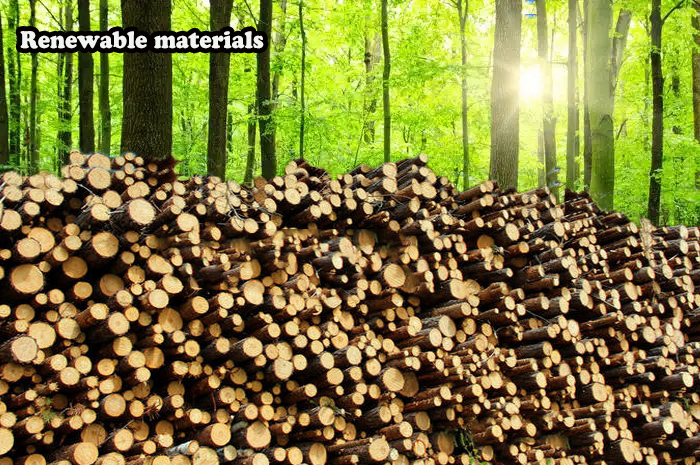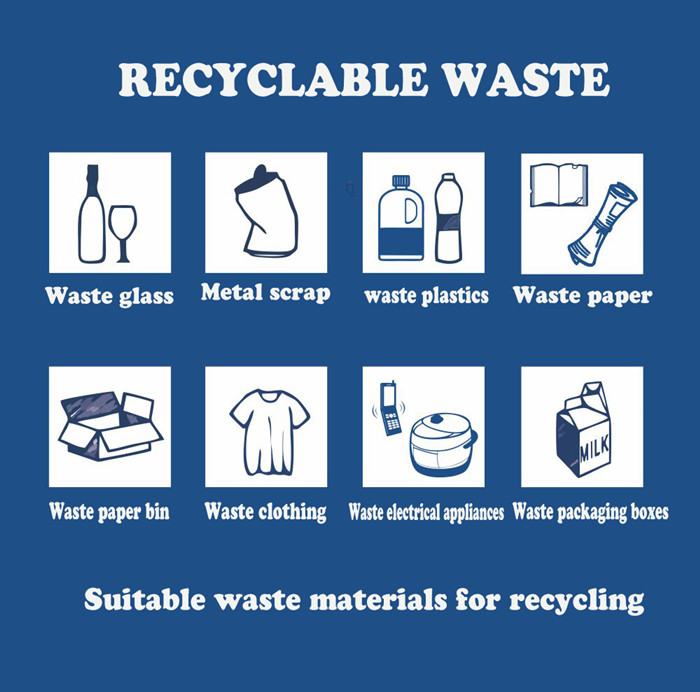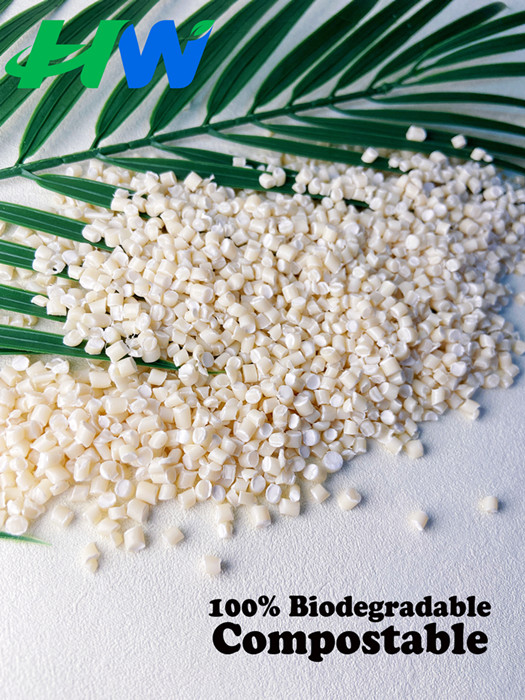When faced with plastic, a widely used material, we often hear the concepts of "renewable," "recyclable," and "biodegradable. Although they are all related to environmental protection, their specific meanings and importance are different. Next, we will delve into the differences between these three concepts.

Renewable "refers to a resource that can be continuously utilized by humans without being depleted. For plastics, renewable means using renewable resources from the source to produce plastics, such as using biomass or certain waste materials as raw materials. By using renewable raw materials, we can reduce our dependence on limited oil resources, lower energy consumption, and reduce environmental pollution. In the plastic industry, some companies and researchers are working hard to develop new technologies to produce plastics using biomass or other renewable resources. These efforts are crucial for achieving the goals of sustainable development.
Renewable resources refer to resources that can reproduce, grow, and continuously regenerate to keep up with their consumption rate under specific temporal and spatial conditions in nature, continuously maintain or expand their reserves, and can be repeatedly utilized by humans. Forests, soils, grasslands, wetlands, solar energy, wind energy, hydro energy, animals, plants, microorganisms, and various natural biological communities are all renewable resources. Wood, cardboard, paper, and pulp are widely used renewable materials. As long as effective sustainable forestry management is implemented, a continuous supply of wood can be achieved to support the normal operation of human society.

Recyclable "refers to certain waste materials that can be reused after processing without generating new environmental pollution. For plastics, recyclability means that after being discarded, they can be converted into recycled plastic materials through collection, classification, processing, and other processes, which can be used again to produce new plastic products or other products. This process helps to reduce the generation of waste and the pressure on the environment. In order to achieve recyclability, we need to establish a sound recycling system and infrastructure, encourage people to actively participate in recycling activities, and strengthen supervision and management.
Common recyclable materials in daily life include paper, cardboard, glass, plastic, metal, etc. Among them, paper and cardboard combine the dual characteristics of renewable and recyclable materials.

Degradable "refers to certain substances that can be decomposed into harmless substances by microorganisms under natural conditions. For plastics, biodegradability means that they can naturally decompose into harmless substances within a certain period of time after being discarded, without causing long-term pollution to the environment. This process takes a long time, usually several months or years. By promoting biodegradable plastics, we can reduce environmental pollution and ecological damage, while also alleviating the pressure of waste disposal. It should be noted that being biodegradable does not necessarily mean being completely harmless. During the decomposition process, some harmful substances may still be released into the environment. Therefore, we need to ensure the quality and safety of biodegradable plastics and take appropriate measures to control their use and disposal after disposal.
In the recycling process, there are two common concepts: biodegradable and compostable.
Biodegradable refers to substances that can be completely decomposed into natural components through biological methods. The definition of biodegradable materials in EU standards is that within 6 months, 90% of the raw material can be ultimately decomposed into carbon dioxide, water, and minerals with the assistance of bacteria, fungi, or other simple organisms.
Compared to biodegradability, compostability is a higher standard: it improves the efficiency of biodegradation by controlling humidity, temperature, and oxidation processes, and requires the substance to be ultimately decomposed into completely non-toxic components. The entire process is harmless to the environment. From this, it can be seen that compostable materials can definitely achieve biodegradation, but biodegradable materials may not necessarily be compostable.
Most industrial waste, including traditional plastics, degrades for a very long time under natural conditions, some taking hundreds or even thousands of years, causing significant harm to the environment. Wood and paper are typical biodegradable materials, and compared to traditional plastics, they are clearly more environmentally friendly.
In summary, the concepts of "renewable", "recyclable", and "biodegradable" are of great significance in the treatment and environmental protection of plastics. They are interrelated but each has its own focus. 'Renewable' focuses on the sustainability of the source, 'recyclable' emphasizes the process of reuse, and 'biodegradable' focuses on the environmental impact after disposal. By delving into the differences and applications of these three concepts, we can better choose appropriate treatment methods and achieve environmental management of plastics.
